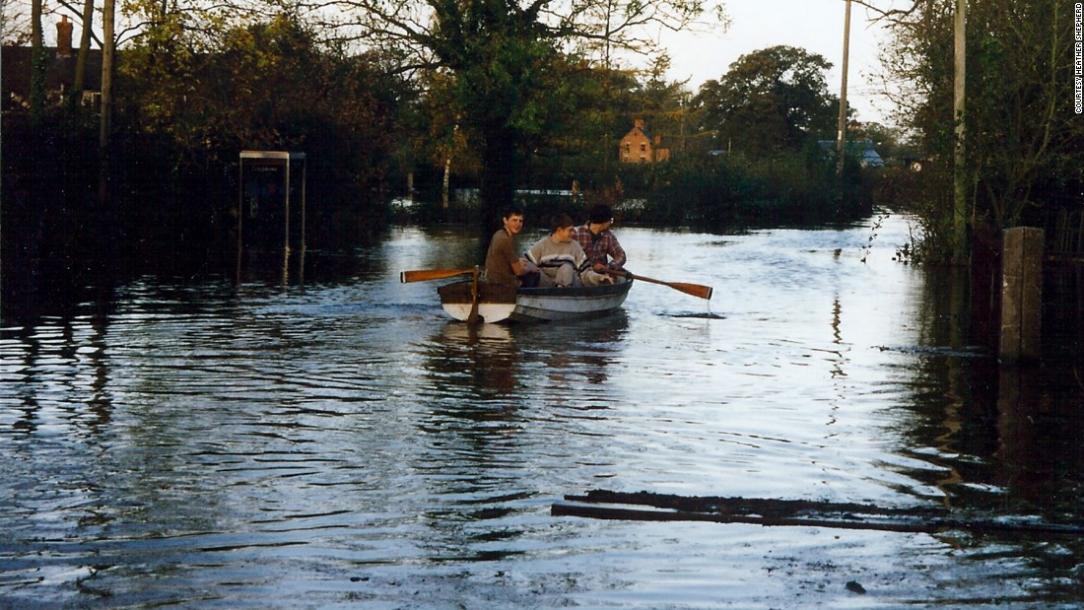What Are the Different Types of Satellite Data Used to Study Climate Change?
Satellite data plays a crucial role in studying climate change and understanding its impacts on various aspects of the Earth's system. Satellites provide valuable information about climate variables, enabling scientists to monitor, detect, and attribute climate change, and develop climate models.

Types Of Satellite Data
Optical Data
Optical data is collected in visible and near-infrared wavelengths. It provides information about land surface temperature, vegetation monitoring, and sea ice extent.
Infrared Data
Infrared data is collected in thermal infrared wavelengths. It provides information about sea surface temperature, cloud properties, and atmospheric composition.
Microwave Data
Microwave data is collected in microwave wavelengths. It provides information about precipitation, soil moisture, and sea ice thickness.
Radar Data

Radar data is collected using radar sensors. It provides information about land surface topography, vegetation structure, and sea surface roughness.
LiDAR Data
LiDAR (Light Detection and Ranging) data is collected using laser sensors. It provides information about forest biomass estimation, coastal elevation mapping, and glacier volume change.
Advantages And Limitations Of Satellite Data
Advantages
- Global coverage and high temporal resolution
- Consistency and long-term availability
- Ability to measure various climate variables simultaneously
Limitations
- Limited spatial resolution for some applications
- Susceptibility to atmospheric conditions and cloud cover
- Need for calibration and validation to ensure data accuracy
Applications Of Satellite Data In Climate Change Studies
Monitoring Climate Variables
- Temperature trends
- Precipitation patterns
- Sea level rise
- Ice sheet mass balance
- Vegetation changes
Detecting And Attributing Climate Change
- Identifying human influences on climate
- Understanding the role of natural variability
Developing Climate Models
- Providing input data for climate models
- Validating and improving climate models

Satellite data is an invaluable resource for studying climate change. It provides global, consistent, and long-term observations of various climate variables. Satellite data has significantly advanced our understanding of climate change and its impacts on the Earth's system. As satellite technology continues to evolve, we can expect even more valuable data and insights to aid in our efforts to address climate change.
YesNo

Leave a Reply